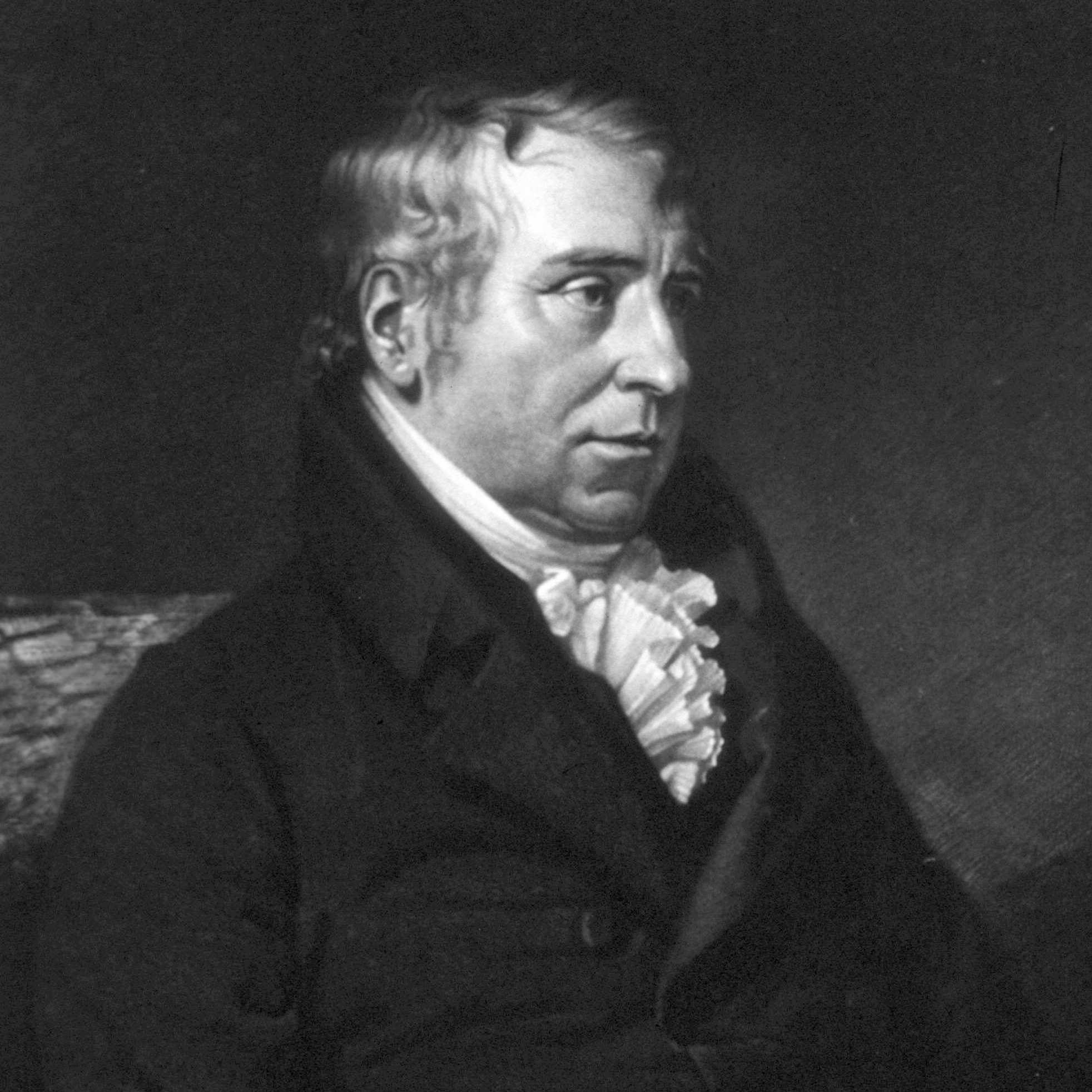- Surname:
- Haslam
- First name:
- John
- Era:
- 18th century
19th century - Field of expertise:
- Medicine
Psychiatry - Place of birth:
- London (ENG)
- † 20.07.1844

Haslam, John
English physician, apothecary and governor at Bethlem Hospital.
John Haslam (1764-1844) was born and raised in London. He gained his first clinical experiences at St Bartholomew’s Hospital, first as a student and then as a physician. He heard lectures given by George Fordyce (1736-1802) and was a student of David Pitcairn (1749-1809) (Scull, MacKenzie & Hervey, 1996: 11; Leigh 1955). Between 1785 and 1787, Haslam attended classes in medicine at Edinburgh University, the leading medical teaching institution of his time. He became resident apothecary at Bethlem Hospital in 1795 and, later, one of the hospital’s governors. Haslam’s son John, a surgeon with the Royal Navy, died prematurely in 1824. His daughter Henrietta became head nurse at Bethlem Hospital around 1840 (Hunter & Macalpine, 1962: 23).
Illustrations of Madness
In 1810, Haslam published Illustrations of Madness, an extensive case study on the London tea broker James Tilly Matthews (1770-1815). Matthews had been admitted to Bethlem Hospital on 21 January 1797 and transferred to the department for incurable patients in 1798. His family demanded his release and filed a suit of habeas corpus when their request was denied by the hospital authorities. Matthews was examined by two external doctors who declared him sane. With his own study, Haslam sought to rebut this assessment and support the decision to keep Matthews hospitalised. He wrote: “There are already too many maniacs allowed to enjoy a dangerous liberty, and the Governors of Bethlem Hospital, confiding in the skills and integrity of their medical officers, were not disposed to liberate a mischievous lunatic to disturb the good order and peace of society” (1810: 80).
Some years ago, in 1804, Haslam had encouraged Matthews to write a self-report about his condition in which the latter described himself as a victim of conspiracy. He believed that his enemies tormented him by means of a machine called the “air loom” (of which he also added an illustration) and that the rays emitted by this machine had caused considerable damage to his body and soul. Haslam included verbatim extracts of this report in his 1810 study. Despite the initial verdict that the involuntary commitment of Matthews was lawful (Haslam 1810: 14), the case was reopened in 1815 (Commitee of the House of Commons 1815, pp. 51 ff.). Now, in an era of reform, Haslam was accused of unlawful coercive treatment of the patient and dismissed from his office in 1816. His case study with its concise description of symptoms nonetheless set a standard for modern-day casuistry.
After his dismissal from Bethlem Hospital, Haslam set up a private practice in London, became a member of the College of Physicians and was awarded a licentiate in 1824. His economic situation, however, remained precarious. He died in London on 20 July 1844, at age 80.
Literature
Andrews, J. (2004): Haslam, John (bap. 1764, d. 1844). In: H. C. G. Matthew, B. Harrison (Ed.): Oxford Dictionary of National Biography, Vol. 25. Oxford: Oxford University Press.
Carpenter, P. K. (1989): Descriptions of schizophrenia in the psychiatry of Georgian Britain: John Haslam and James Tilly Matthews. In: Comprehensive Psychiatry 30, (4), pp. 332–338.
Committee of the House of Commons (1815): Report, from the Committee of the House of Commons, On Madhouses in England; together with Minutes of Evidence, and an Appendix. London: Parliament, House of Commons.
Cooper, T., S. Farr, W. Dease, G. E. Male, J. Haslam, T. E. Erskine (1819): Tracts on medical jurisprudence. Including Farr’s elements of medical jurisprudence, Dease’s remarks on medical jurisprudence, Male’s epitome of juridical or forensic medicine, and Haslam’s treatise on insanity. Philadelphia: Webster.
Haslam, J. (1798): Observations on insanity. With practical remarks on the disease and an account of the morbid appearances on dissection. London: Rivington.
Haslam, J. (1809): Observations on madness and melancholy. Including practical remarks on those diseases, together with cases, and an account of the morbid appearances on dissection. 2nd edition. London: Callow.
Haslam, J. (1810): Illustrations of madness. Exhibiting a singular case of Insanity, and no less re-markable difference in medical opinion: developing the nature of assailment, and the manner of working events; with a description of the tortures experienced by bomb-bursting, lobster-cracking and lengthening the brain. London: G. Hayden.
Haslam, J. (1817): Considerations on the moral management of insane persons. London: Hunter.
Haslam, J. (1818): Medical jurisprudence, as it relates to insanity, according to the law of England. Philadelphia: Webster.
Haslam, J. (1856): The paper currency of England dispassionately considered. With suggestions towards a practical solution of the difficulty. London: Effingham Wilson.
Howard, R. (1990): Useful or useless architecture? A dimension of the relationship between the Georgian schizophrenic James Tilly Matthews and his doctor, John Haslam. In: Psychiatric Bulletin 14, (10), pp. 620–622.
Hunter, R., I. Macalpine (1962): John Haslam. His will and his daughter. In: Medical History 6, (1), pp. 22-26.
Leigh, D. (1955): John Haslam, M. D. — 1764–1844. Apothecary of Bethlem. In: Journal of the History of Medicine and allied Sciences 1, (1), pp. 17-44.
Porter, R. (1988): Introduction. In: J. Haslam (1810): Illustrations of madness. Edited with an introduction by Roy Porter. London, New York: Routledge, pp. XI-LXIV.
Scull, A., C. MacKenzie, N. Hervey (1998): Masters of Bedlam. The Transformation of the mad-doctoring trade. Princeton: Princeton University Press, pp. 10-47.
Burkhart Brückner, Robin Pape
Photo: Henry Dawe after George Dawe / Source: Wikimedia / [public domain].
Referencing format
Burkhart Brückner, Robin Pape (2016):
Haslam, John .
In: Biographisches Archiv der Psychiatrie.
URL:
biapsy.de/index.php/en/9-biographien-a-z/235-haslam-john-e
(retrieved on:23.11.2024)
